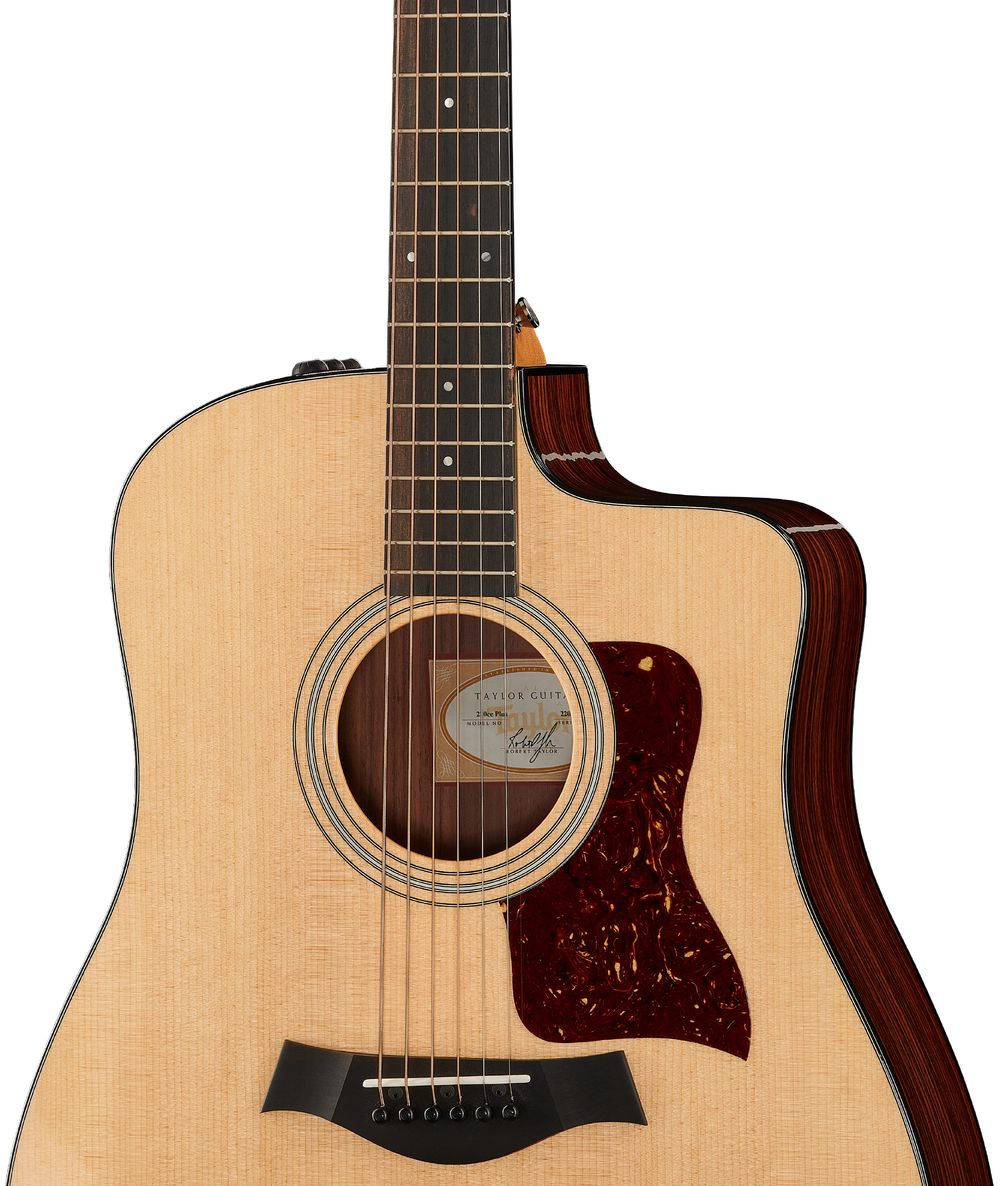4. Style
If you're a musician who wants to be super flexible in different styles, having different types of guitars like acoustic, electro-acoustic, classical, electric, Dobro, and more is the way to go. But hey, beginners with versatile interests might have to start with just one instrument as they dip their toes into various genres. Before committing to a guitar, it's important to understand the stylistic possibilities that different types can offer.
Now, let's talk about the limits of the classical guitar. If your style is heavily influenced by the virtuosity of electric guitarists, trying to rock out with a classical guitar might leave you feeling unsatisfied. The distorted rock tones of an electric guitar, which require some serious technical skills, just don't translate well on the "sluggish" nylon strings of a classical guitar. And let's not forget the characteristic playing techniques of electric guitar, like bend-ups, slides, rock vibrato, and tapping, which are pretty tough to reproduce with the right feel on those nylon strings. Plus, the body of a classical guitar, starting at the 12th fret, restricts you from reaching the highest notes when you're trying to shred. And to make matters worse, classical guitars usually have only 18 to 19 frets, limiting your range even more.
On the other hand, you can't really get those distorted rock sounds from an acoustic guitar either. However, for beginners with versatile interests, the acoustic guitar provides a solid platform to experiment with rock and blues elements. You can get pretty close to the rock sound with a set of thin strings on an acoustic guitar. Those thin steel strings are more flexible during bend-ups and rock vibrato compared to the sluggish nylon ones on a classical guitar. And if you want easy access to the upper frets, you can even get an acoustic guitar with a cutaway design.

Taylor 210ce Plus mit Cutaway
Here's another perk: The body joint of an acoustic guitar is always at the 14th fret, just like an electric guitar. And guess what? Acoustic guitars usually have 20 to 22 frets on the fretboard, giving you more room to play. You can easily learn melodies with a pick, simple riffs, and cool licks on an acoustic guitar.
So, whether you're jamming on a classical guitar or strumming an acoustic, there's a lot to explore and enjoy. Keep rockin'!



